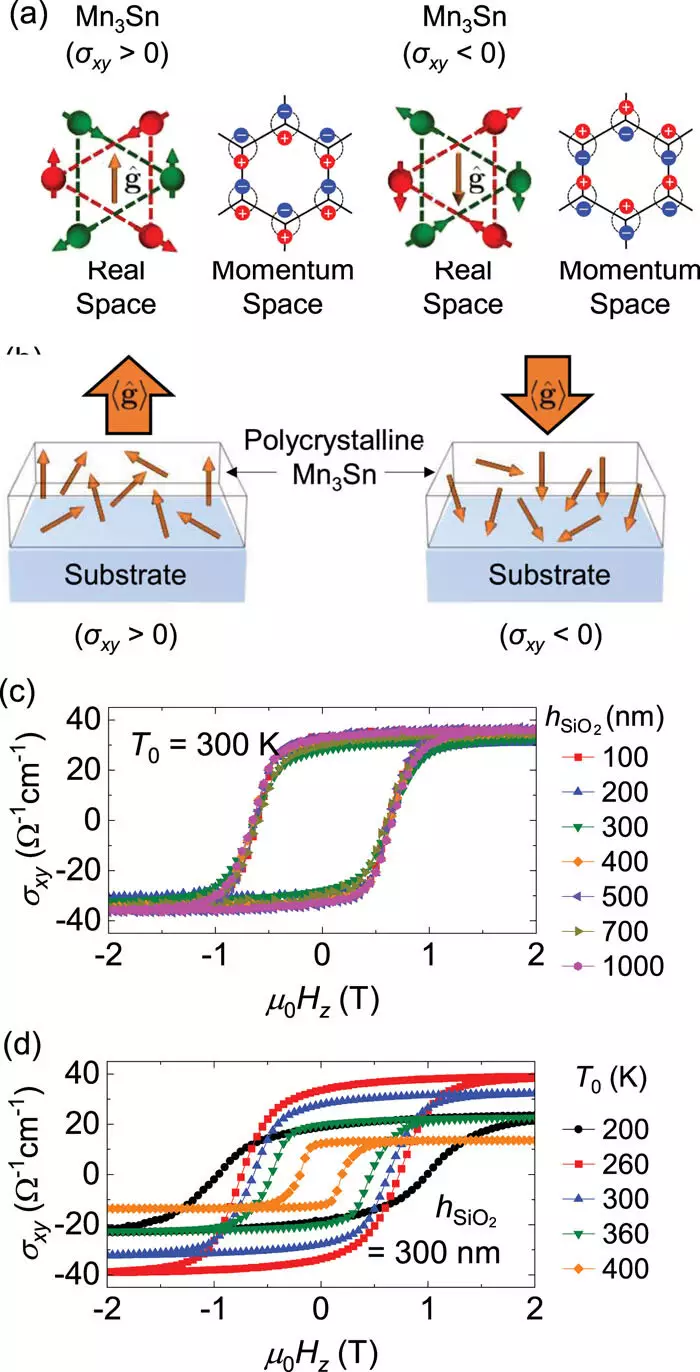Spintronics, or spin electronics, represents a groundbreaking advancement in the field of computation and data storage. By harnessing the intrinsic spin of electrons alongside their charge, this innovative approach promises to create devices that not only rival the speed of traditional electronics but also vastly improve energy efficiency. Researchers are diligently exploring the underlying principles of spintronic devices, delving into their operational behaviors, particularly the effects of heating—a crucial factor that could dictate their practical applications in real-world scenarios.
As the landscape of computing continues to evolve, energy consumption remains a pivotal issue. Conventional electronic devices consume colossal amounts of power, often resulting in substantial heat generation. Spintronics, however, offers a paradoxical solution: the potential to maintain high-speed processing capability while significantly reducing energetic overhead. While early theories suggested that electric currents could control magnetization through electromagnetic interactions, researchers now recognize the necessity of understanding the influence of thermal effects on these devices.
A frontier of research in spintronics has been the development of methods to measure the thermal effects produced during device operation. Researchers at the University of Illinois Urbana-Champaign have introduced a novel experimental approach that directly assesses how heat alters the dynamics of spintronic materials. Their findings are documented in the journal APL Materials, showcasing how this method allows for a detailed comparison between the influences of heat and electric current.
Study lead, Axel Hoffmann, a renowned professor in materials science and engineering, emphasizes that disentangling electromagnetic from thermal effects is essential for optimizing device performance. “To harness the full potential of spintronic devices, one must gain a comprehensive understanding of the physics governing their functionality,” Hoffmann stated. The complexity arises from the dual factors of elevated temperatures and electromagnetic interactions—each playing a role in how well a device operates.
Antiferromagnets, materials that feature a unique arrangement of opposing spins, have emerged as key players in spintronic applications. Unlike ferromagnets, where magnetic behaviors are influenced by neighboring spins, antiferromagnets exhibit a resilience to external influences, making them ideal for robust computing applications. However, the challenge lies in controlling their spin dynamics through electric currents effectively.
In the quest to utilize antiferromagnetic materials, researchers face the obstacle of large current requirements that invariably lead to substantial heating. The emerging debate centers around whether the changes in magnetic behavior stem from the electric current or the thermal increase caused by this current. Understanding the exact mechanism at play is pivotal for future developments, as current-driven effects could allow for rapid device operation. Conversely, if thermal effects dominate, they could impose limits on the frequency and speed at which devices can function.
Historically, the inability to directly measure heating effects in small-scale spintronic devices has hindered progress in understanding these operational dynamics. Myoung-Woo Yoo, a postdoctoral researcher in Hoffmann’s laboratory, has developed a cutting-edge methodology to overcome this challenge. This technique involves examining how antiferromagnetic samples heat substrates of varying thermal conductivities, thus allowing for a clearer distinction between electric current and thermal impact.
Yoo elaborates on the innovative design: “By preparing antiferromagnetic samples on silicon dioxide substrates of different thicknesses, we can ascertain the correlation between thermal conductivity and temperature variations during device operation.” Thicker substrates, which are less efficient at conducting heat, result in elevated temperatures under identical electric current applications—offering an experimental avenue through which to assess the significance of heating on spin structure.
The researchers’ observations distinctly indicated that heat significantly affects the antiferromagnet Mn3Sn, underscoring the necessity for a more systematic examination of heating contributions across various materials considered for spintronic applications. Yoo emphasizes the broader implications of their work: “We now possess a strategic framework for quantifying the influence of electric heating in spintronic devices—one that is readily applicable to a wide array of systems, including traditional electronics.”
As this exciting field progresses, spintronics stands poised to redefine the capabilities of computing technology. By making strides in understanding the thermal dynamics of spintronic devices and their materials, researchers are tapping into the potential for devices that are both fast and energy-efficient. The future of computing may indeed depend on the marriage of spintronic principles with contemporary electronics, promising innovations with far-reaching consequences for how data is processed and stored. As the research continues to evolve, one thing remains clear: the exploration into the realm of spintronics is only just beginning, offering vast possibilities for the next generation of electronics.


Leave a Reply